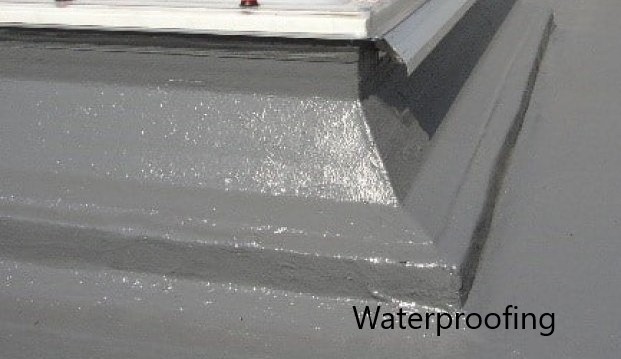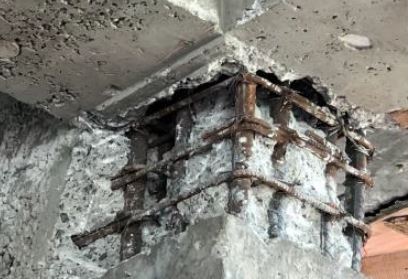Generally, all the structures constructed below the ground level where the water table is near to the ground level, are protected by waterproofings. Bituminous membranes and application type water proofings are commonly used as foundation waterproofing.
The structural element that subjected to tensile stresses can crack with the loadings and as a result, if it is in a corrosive environment, reinforcement can be corroded.
Therefore, most of the time, structural elements like concrete walls, pile caps, slabs and beams are protected by waterproofing.
However, concrete piles which are constructed below the ground and extend into the bedrock, are not waterproofed as they are subjected to axially compressive stresses. It is very rare even at the pile cap level to form tensile stresses in piles.
Different types of waterproofing are discussed in the article Concrete Waterproofing and it could be reffed for more information on the selection of the type of waterproofing.
Usually, membrane type waterproofings are used to protect underground structures.
Bituminous membranes are laid on the screed before concreting and place the screed on the top of the waterproofing to the project. Once the based is concreted, waterproofing on the side faces is done.

In modern construction, the application of the crystalline waterproofing are getting more popular due to the low cost of construction and as it is very easy to use.


